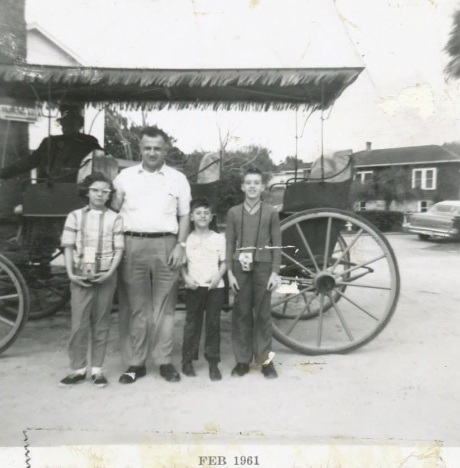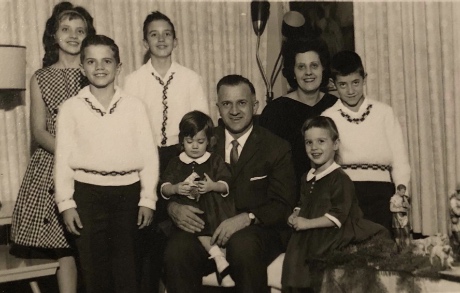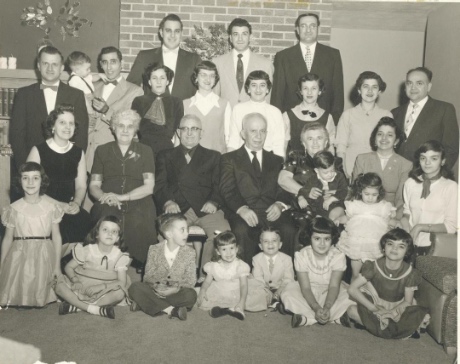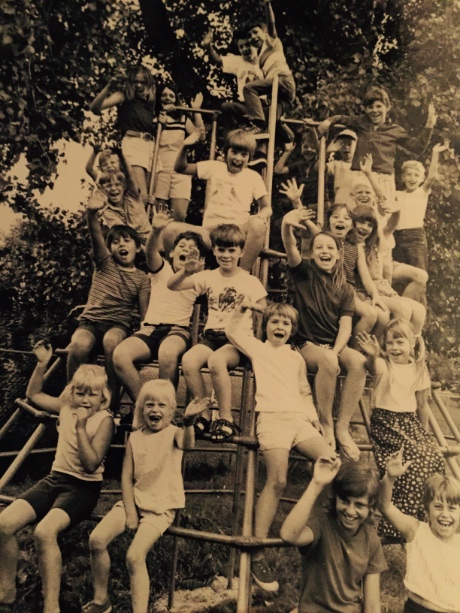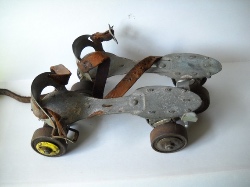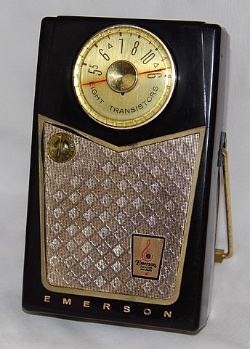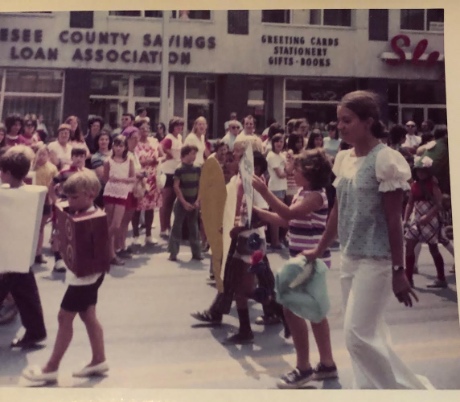Batavia boy's early teen antics in the '50s and '60s -- or life before cars, jobs and girls
My life in the teen years growing up in Batavia in the late 1950s and early 1960s was a mix of trying to please my parents and teachers while also attempting to be more independent. Of course, this is true of young teens pretty much anywhere at any time.
My friends and what they thought and did became all-consuming it seemed.
When I was 10 and going into the fifth grade, we moved from the Thomas/Ellicott Avenue area across town to North Spruce Street. After some begging and whining (and maybe some fake crying) my parents agreed to let me continue at St. Mary's School on Woodrow Road, even though it would involve solving some transportation issues.
Most of my friends still lived on the west side of town and at first, I didn't see as much of them except during school.
The exception was Charlie, my partner in shenanigans, whose parents built a big house on East Avenue. Their basement was so big at one time they considered putting a bowling alley down there. They also installed a fountain in their front yard, which featured spraying water that changed colors. Older teens used to park in front and make out until the police shooed them away.
So, Charlie was right down the street and then as we got more toward 12 or 13 years old my friends' and my parents allowed us further range on our bikes and the gang was back together again.
A huge kid advantage to living on North Spruce was having lots more outdoor room to play and horse around. At that time, we were the last house on the northeast side of the street. North Street ended at our corner. All around us were woods, which today is the Narramore and Allanview Drive area.
Charlie vs. Dave
We had a big back yard and Charlie and I would spend hours out there playing whiffle ball. He was the New York Yankees and I was the Milwaukee Braves. We'd designate certain areas for singles, doubles, triples and home runs and we'd play entire nine-inning games, even to the point of writing down lineups and batting orders.
We had some epic games and even a couple fights because Charlie was not a good loser.
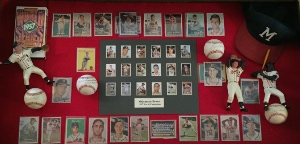
The Braves moved to Atlanta in the '60s and I've not had a favorite baseball team since.
A number of years ago I started collecting 1957 Milwaukee Braves memorabilia and I now possess all the Topps baseball cards from that team as well as signed baseballs from the four Hall of Famers who played for them that year: Warren Spahn, Hank Aaron, Eddie Mathews, and Red Schoendienst.
Into the Woods
Our house became a popular gathering spot with my friends because what kid doesn't want a woods to mess around in? Especially in the summer, we'd spend a lot of time out there. We'd play chase and someone had built an awesome tree house and we'd actually have “wars” where we threw rocks at each other. My friend Ray got clonked in the head one time and as my mother bandaged him up her comment was, “You guys already have rocks in your head.”
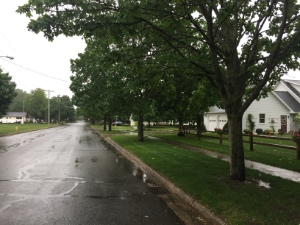
Fort Reilly
Right on the edge of the woods and our property we built a “fort."
Constructed of an old piece of plywood, some 2x4s, and a bunch of old sheets and bedspreads, it was place to hang out and sneak cigarettes.
Most of our parents smoked like chimneys, but it was "Do as I say, not as I do.”
We used to play poker for smokes, but most of the time the cigs we gambled with were ones we pilfered from our parents.
As we got a little older our parents agreed to let us occasionally “sleep out” in the fort. Of course, very little sleeping took place.

A really bad incident that happened out there involved my younger brother Dan. I had already gone into the house (again) and was sound asleep.
Apparently, when the other guys woke up, they decided to start a fire in a pit we had dug. They couldn't get it going so little brother went in the garage to get some gas.
You can predict what happened next: the gas caught fire as he poured it and in trying to jump away, it spread to his face.
I woke up to screaming. I ran to the kitchen along with my parents and there was Dan with his head in the sink splashing cold water on his face.
My father, dressed in his nighttime attire of tank top undershirt and boxers, tried to go get dressed, but my mother literally pushed him out the door to go to the hospital. He was lucky to get his pants on.
Fortunately, although he was in pain for a few weeks and had some nasty looking scabs, Dan recovered fully with little or no scarring.
Our fort was decommissioned by General Mom Reilly and we had to find somewhere else to hide out.
Tanks for the Memories
One of the things we used to do on our overnight “fort” escapades was go wander around the streets.
We weren't really doing anything bad like vandalism, but rather just looking for some excitement. For example, if we saw car headlights coming at 1 in the morning, more than likely it was a police car on patrol. So, we'd dive into the bushes like we had escaped from prison. If it turned out not to be the cops, we were disappointed because it just wasn't as thrilling.
At some point on one of these ventures we ended up on State Street by the National Guard Armory. Sitting there next to the building was a genuine military tank. It was not a World War II leftover like you would see in front of a V.F.W. or American Legion. I'm pretty sure it was a real working tank that they must have used for training purposes.
The unbelievable thing was that they left the tank unsecured.
We would climb up, open the hatch and go inside. We would look through the slit visors and I seem to recall a periscope we would play with. Hopefully, the guns weren't loaded or operational because I don't even want to think how that could have ended.
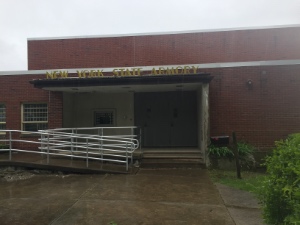
Today, there is a fence around the Armory and most likely lots of security cameras to identify any surreptitious anarchist types who might be up to no good. Not to mention goofy teenagers.
What put an end to these early teen hijinks? Three things: summer jobs, getting driving permits, and interest in girls. You can't really leave work at the hot dog stand at 2 a.m. and head over to climb around on an Army tank.
But teenage mistakes kept getting made.
On my very first real date with a girl I took her to see Alfred Hitchcock's “The Birds,” one of the scariest movies ever. I think it was a coincidence, but soon after that she moved out of state.
I guess it's a good thing to grow up and mature (although some never do). But those teen years certainly provided me with some good stories to tell when I got old.

